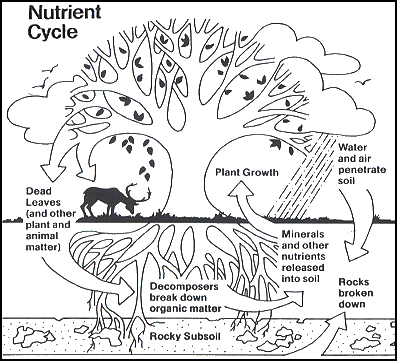Mushrooms are macro-fungi, which means fungi that bear fruiting structures large enough to be seen with the naked eye.
They do not all look like the ones found in the produce isle of grocery stores. They can come in all different shapes, sizes, colors, and textures. They even grow in different types of environments.
They do not all look like the ones found in the produce isle of grocery stores. They can come in all different shapes, sizes, colors, and textures. They even grow in different types of environments.
Commonly found growing on wood decay and leaf litter, mushrooms play an important role within a forests ecosystem. Aiding with decomposition, nutrient cycling in soil, and being a source of food for wildlife are just some of the ways mushrooms are important to a forest.
Many people enjoy the hobby of hunting for wild edible mushrooms. Although, it is not recommended to eat any mushroom from the forest, unless you are an expert, As many mushrooms can be poisonous or toxic.
Location |
|
